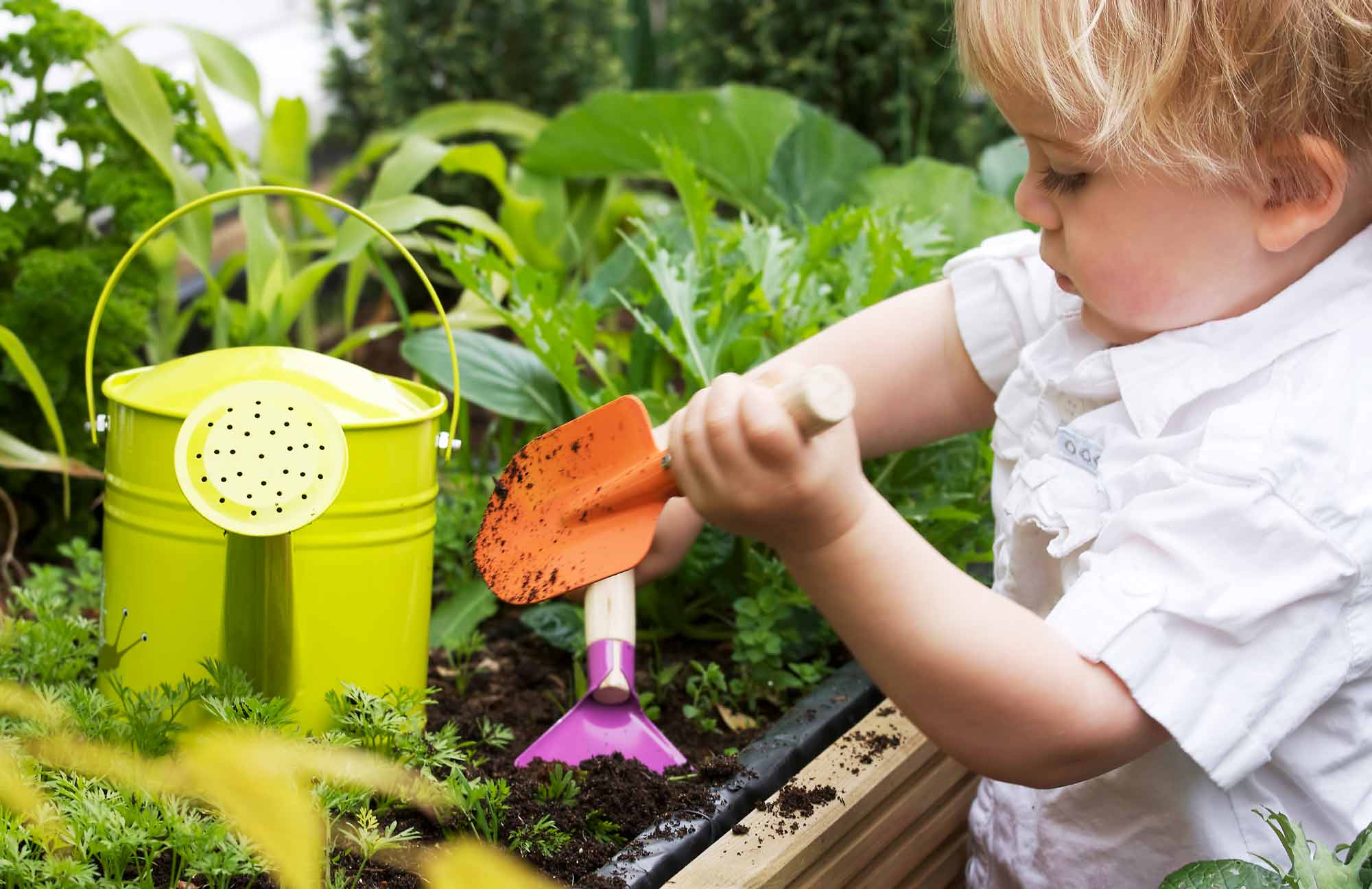Be the Bird, Build a Nest!
In this lesson, children will read the book, Mama Built a Little Nest, by Jennifer Ward and use their own engineering skills with loose parts to create a nest to hold their egg.
Content Area:
Beginning Skills and Processes
Curiosity and Wonder
Engineering
Learning Goals:
This lesson will help toddlers and preschoolers meet the following educational standards:
- Develop beginning skills in the use of science and engineering practices such as observing, asking questions, solving problems and drawing conclusions
- Explore the physical properties of objects
- Use tools and technology to assist with science and engineering investigations
Learning Targets:
After this lesson, toddlers and preschoolers should be more proficient at:
- Developing and using models to represent their ideas, observations and explanations through activities such as drawing, building or modeling with clay
- Understanding that living things rely on the environment and/or others to live and grow
- Identifying, describing and comparing the physical properties of objects
- Experimenting with the changes that matter undergoes when combined with other substances
- Using nonstandard and standard scientific tools for investigation
- Exploring concepts and information about the physical, earth and life sciences

Be the Bird, Build a Nest!
Lesson plan for toddlers/preschoolers
Step 1: Gather materials.
- The book, Mama Built a Little Nest, by Jennifer Ward
- Newspapers and/or tablecloths for easier cleanup
- Paper plates for nest bases
- Plastic Easter eggs
- Playdough or clay
- Twigs, sticks and grass
- Wire and/or pipe cleaners
- Yarn and string
Note: Small parts pose a choking hazard and are not appropriate for children age five or under. Be sure to choose lesson materials that meet safety requirements.
Step 2: Introduce activity.
- Gather the children to read the book, Mama Built a Little Nest.
- Introduce the children to the idea of nonfiction books versus fiction books.
- Say: “Let’s look at the cover of this book. Look at the two birds. How are they alike? How are they different? What are they doing? What do you think the large green object is? What do you think it is made of? What do we know about nests? Are all nests built the same? How are nests built?”
- Read the story aloud. After reading the book, you may wish to revisit some of the previous questions.
- Ask: “How are birds able to create such strong, durable structures using only their beaks and feet?”
- Say: “Today we are going to make our own nests!”
Step 3: Engage children in lesson activities.
- Set up the materials so that the children can create their own bird nests. This can get messy. You may choose to lay down newspapers or tablecloths first or do this project outdoors.
- Explain that the clay/playdough and pipe cleaners will help the children create a nest base on top of the paper plate. Then let the children build their nests without any rules or guidelines. Let them “be the bird” and see what they can design.
- This activity fosters a greater understanding and appreciation for wildlife. While the children work on their nests, introduce the concepts of caring for the earth and all living things.
- When the nests are complete, display them with the plastic eggs inside.
Step 4: Vocabulary.
- Craggy: Rough and uneven
- Hoot: An amazing situation and also the call of the owl
- Fiction: A made-up story
- Nonfiction: A story that really happened; a true story based on facts
- Talon: Claw of a bird
Step 5: Adapt lesson for toddlers or preschoolers.
Adapt Lesson for Toddlers
Toddlers may:
- Look at pictures about the birds mentioned in the book
- Create nests and eggs with clay
Child care providers may:
- Introduce nests to toddlers with a bowl and a plastic egg
- Create a giant eagle’s nest for all of the children, using materials that you have on hand such as parachutes and hula hoops
Adapt Lesson for Preschoolers
Preschoolers may:
- Need a paper bowl as a starting point (for children who are struggling with the nest-building concept and/or materials)
Child care providers may:
- Provide more materials and leave them out for use during free-play periods
- Ask follow-up questions such as: “Was your nest building successful? Will the nest support a fragile egg?”
Suggested Books
- An Egg is Quiet by Dianna Hutts Aston (author) and Sylvia Long (illustrator)
- Bird Builds a Nest: A Science Storybook about Forces by Martin Jenkins
- Birds and Their Nests by Linda Tagliaferro
- Little Swan by Jonathan London (author) and Kristina Rodanas (illustrator)
- The Beak Book by Robin Page
- Whose Nest? by Victoria Cochrane (author) and Guy Troughton (illustrator)
Music and Movement
- The Green Grass Grows All Around performed by Buffalo and Brandy
- Little Bird, Little Bird performed by Elizabeth Mitchell
- Three Little Birds performed by Bob Marley
Outdoor Connections
- Take a walk around your neighborhood to search for nests in trees, gutters, mailboxes and other cozy little areas!
Web Resources
- Download this sheet of Illinois Reads Activities for the book, Mama Built a Little Nest.
- Extend the learning with this Mama Built a Nest Classroom and Activity Guide.
Comment on this lesson